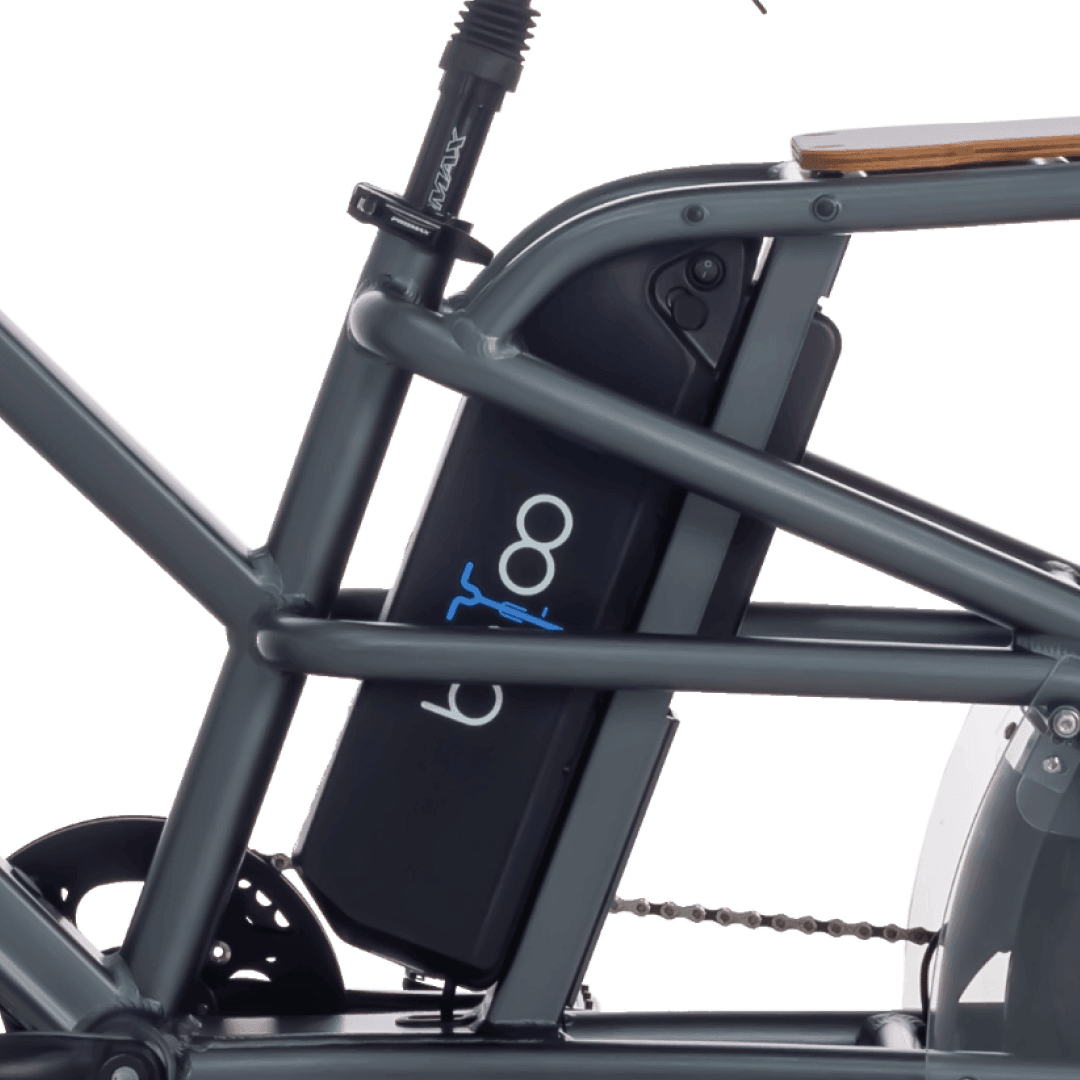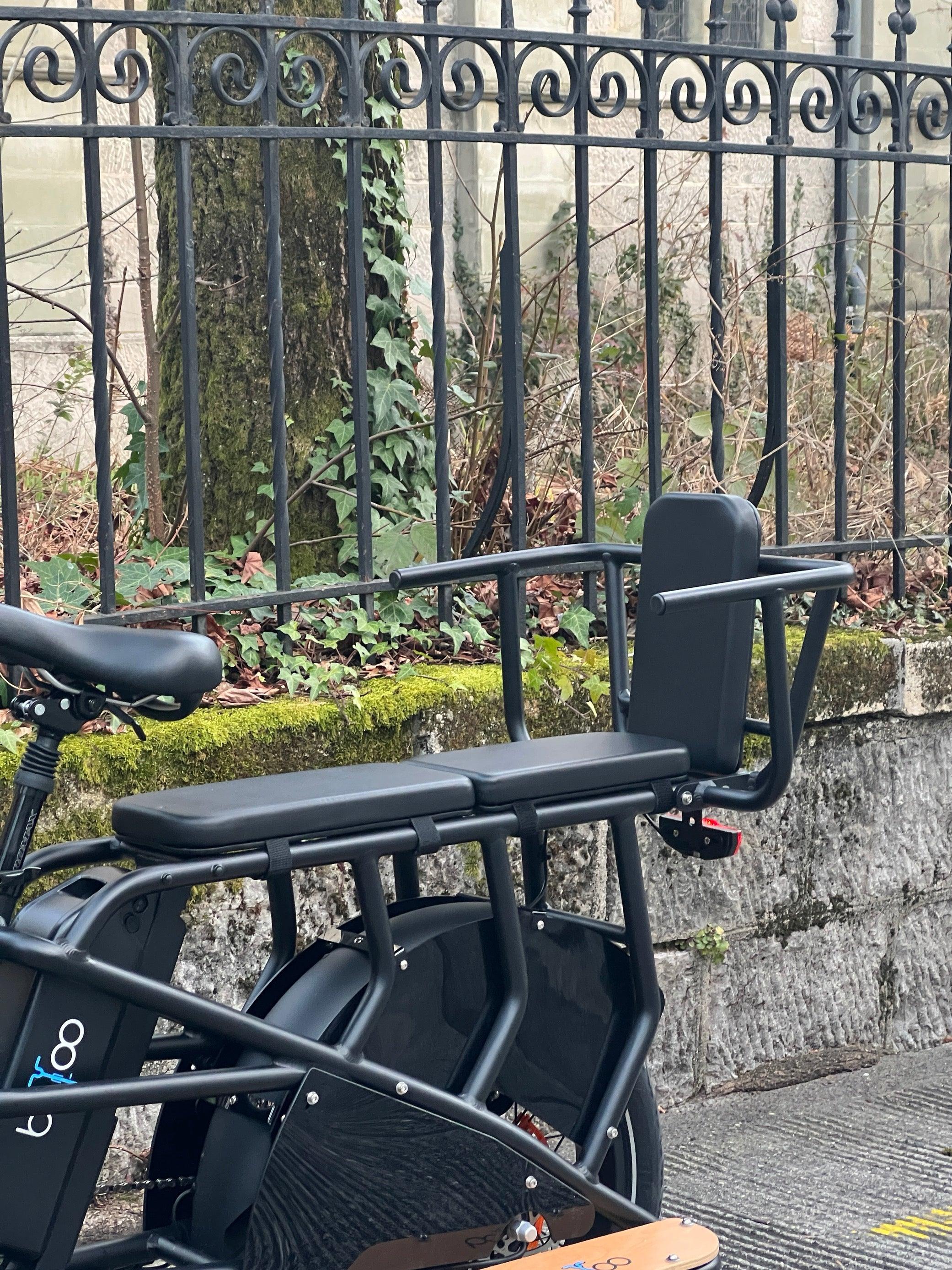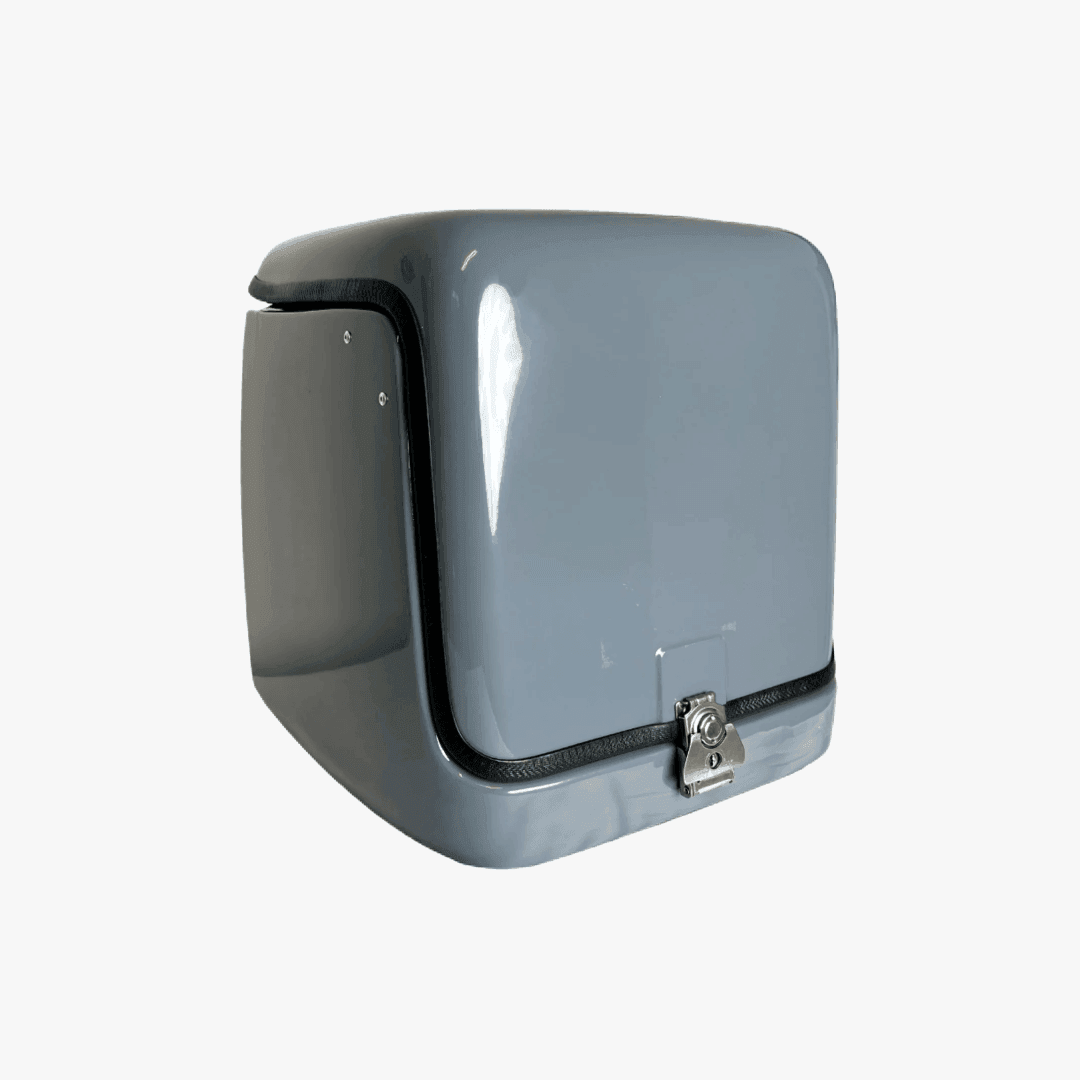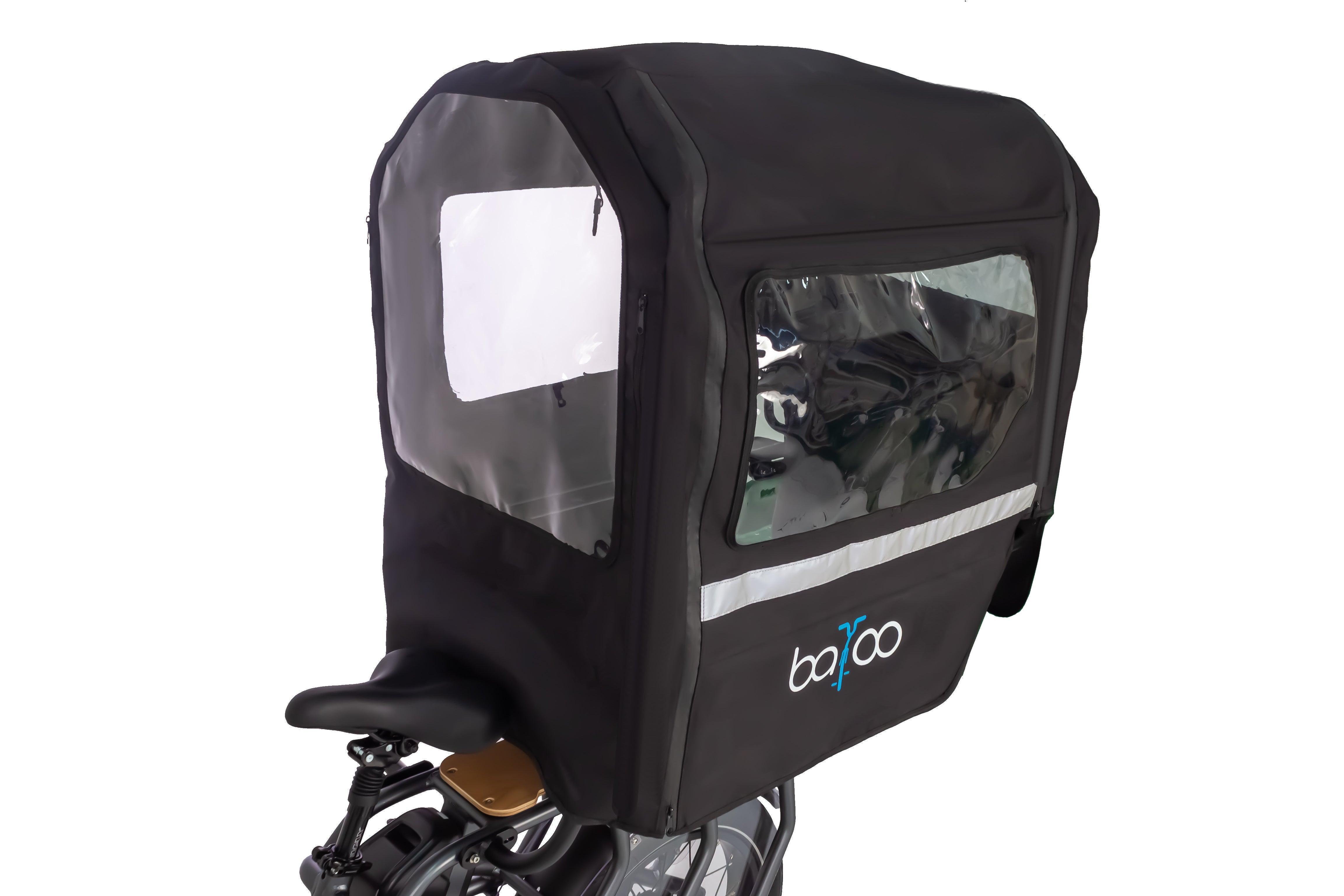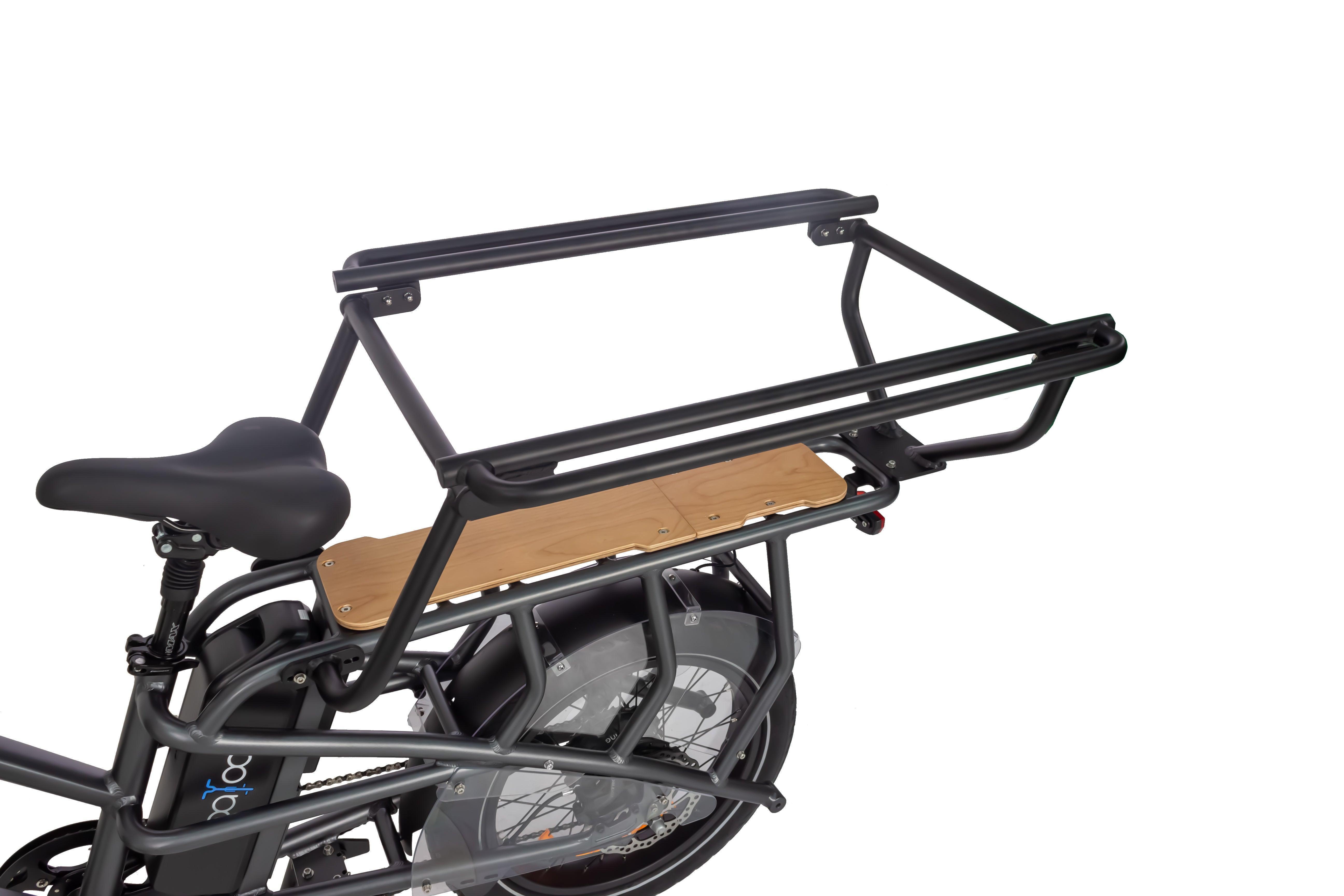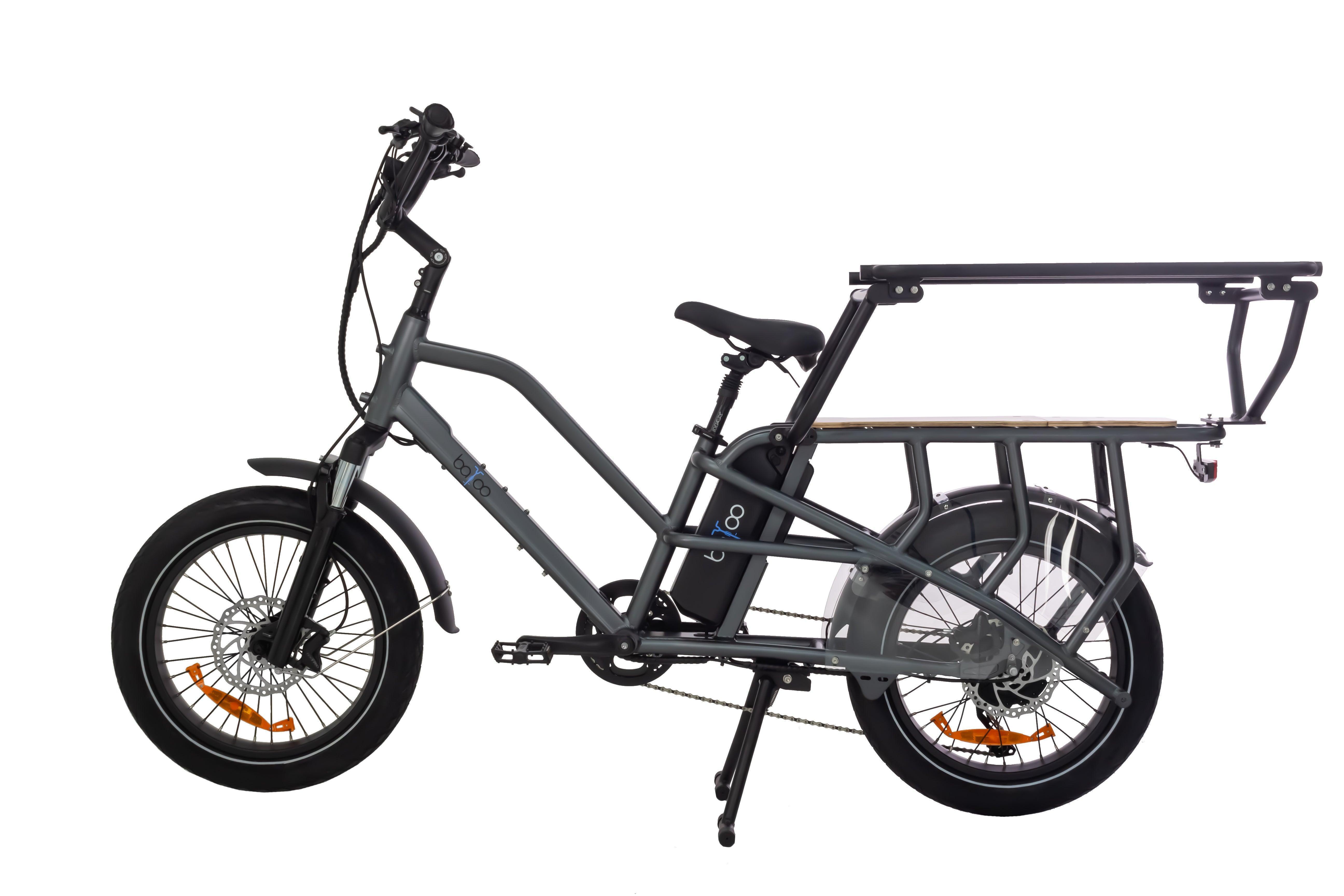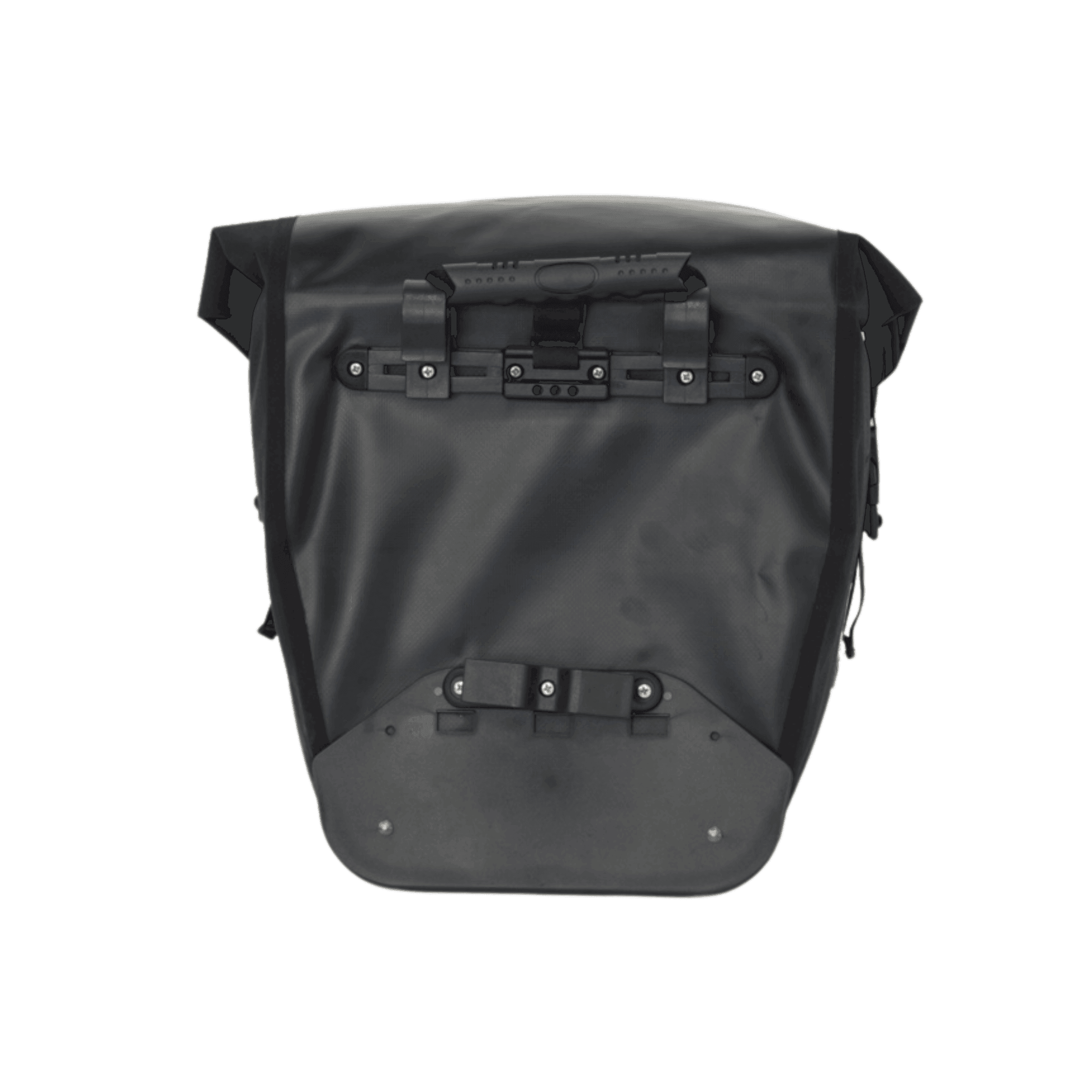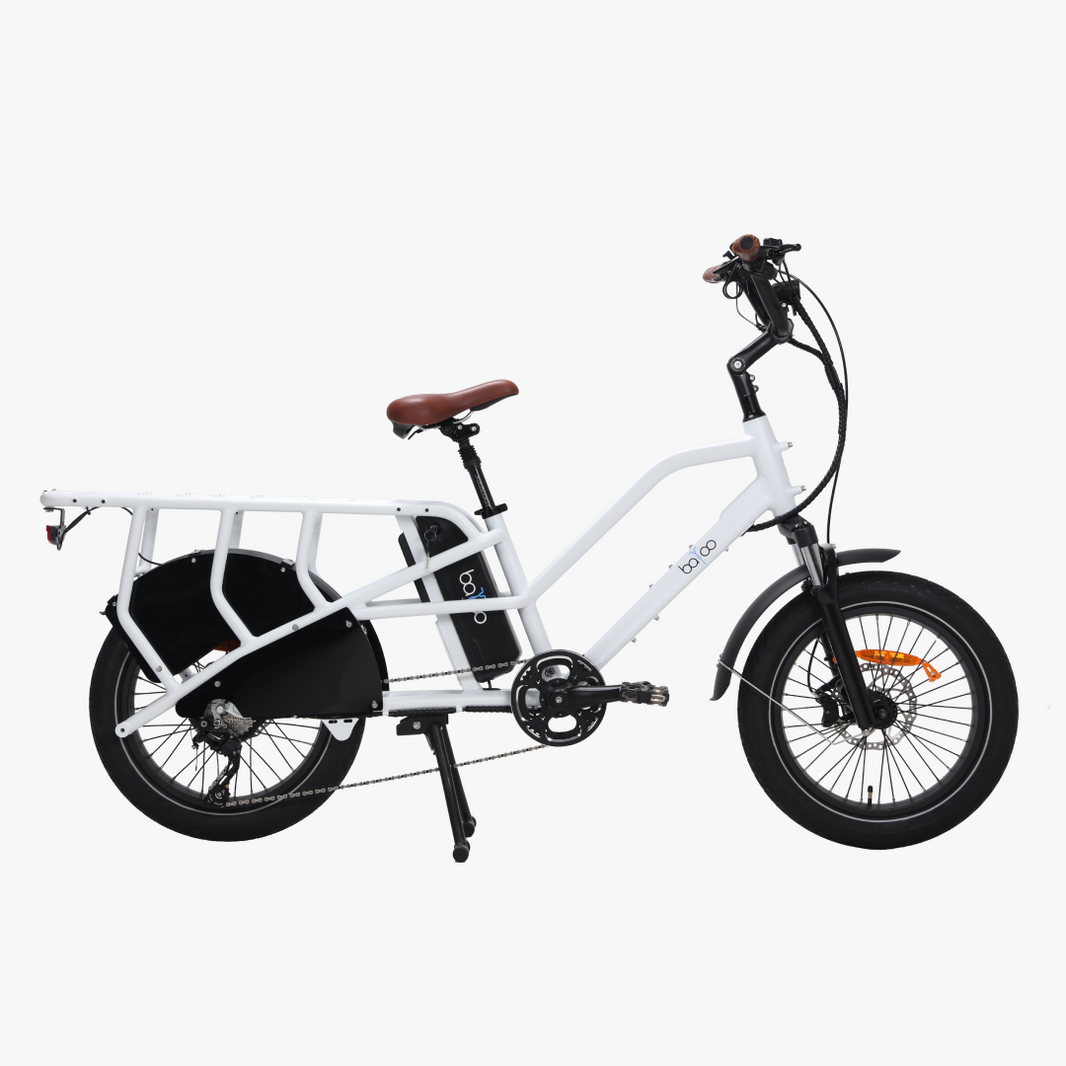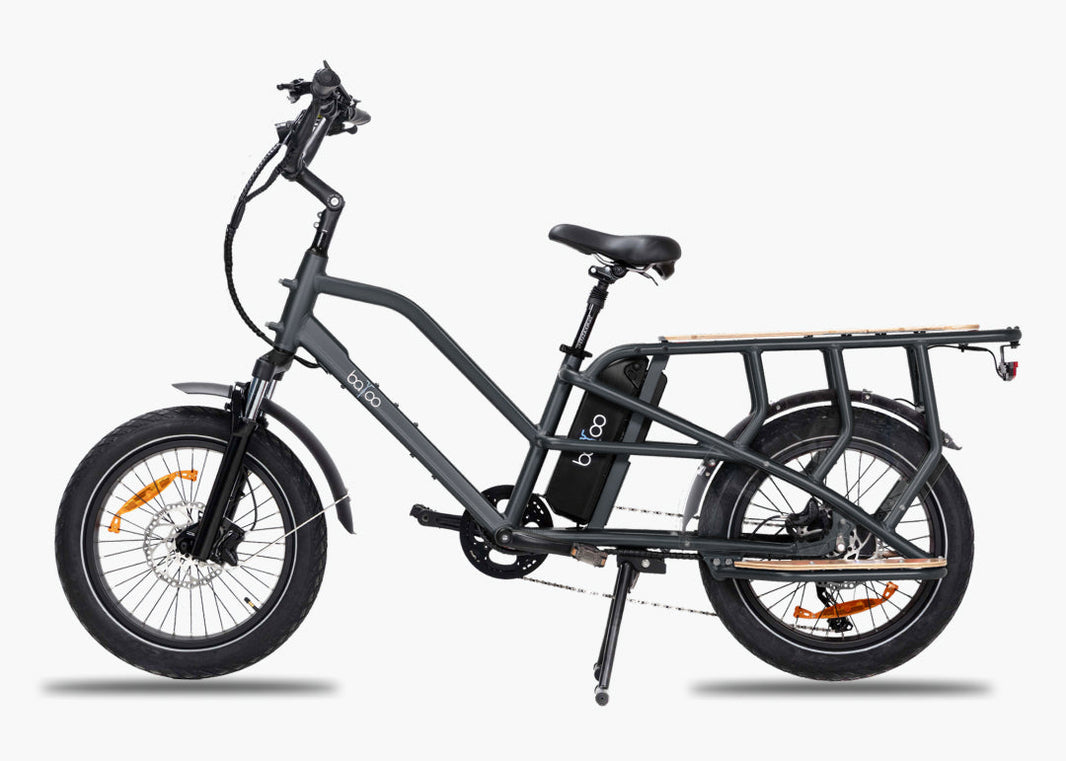One of the first questions future electric bike buyers ask is: how much range will I get per charge? The range of an electric bike corresponds to the distance that can be covered before needing to recharge the battery. But this data is not fixed: it depends on many factors such as the battery capacity (in Wh), the selected assistance level, the terrain, the weight carried, the wind, the tire pressure and the outside temperature.
An important point: cold weather temporarily reduces a battery's performance. Driving in winter can therefore give the impression that your range has dropped, while it returns to normal in milder weather. Understanding these mechanisms allows you to better plan your journeys and extend the life of your battery.
Technical basics

To understand autonomy, we must return to a simple formula:
Available energy (Wh) = Voltage (V) × Capacity (Ah).
The watt-hour (Wh) is the key unit of measurement: the higher this number, the more energy the battery stores. The range is then obtained by dividing this energy by the bike's average consumption:
Autonomy (km) ≈ Battery capacity (Wh) ÷ Consumption (Wh/km).
It is also useful to distinguish two notions:
-
Capacity : this is the energy “reservoir”, expressed in Wh.
-
Power : this is the flow that the motor can provide at a given time, which influences the assistance felt.
Finally, temperature and storage conditions play a major role. A battery operates ideally between 10 and 20°C. In winter, it is advisable to recharge and store it in a temperate location to limit losses.
Factors that influence autonomy
Several factors significantly vary the distance traveled with an electric bike :
-
Assistance mode : Eco mode consumes little, while Turbo mode can reduce the range by half.
-
The terrain : a flat journey in the city has nothing to do with a trip to the mountains where the engine has to provide much more energy.
-
Total weight : the heavier the cyclist and their load, the more stress is placed on the battery.
-
Tires and pressure : Underinflated tires increase rolling resistance and reduce range.
-
Wind and temperature : Riding into the wind or in extreme cold uses more energy.
In practice, an 80 kg cyclist with a 25 kg bike in Eco mode on flat terrain will be able to cover many more kilometers than a mountain cyclist with panniers and maximum assistance.
How to estimate your distance?
The simplest method is to apply the rule of three:
Autonomy ≈ Battery capacity (Wh) ÷ Average consumption (Wh/km).
Examples:
-
Flat urban journey : average consumption of 8 Wh/km → a 500 Wh battery gives approximately 60 km.
-
Mixed route (city + hilly countryside) : average consumption of 10 Wh/km → 500 Wh = 50 km.
-
Mountain outing / electric mountain bike : consumption around 15 Wh/km → 500 Wh = 33 km.
To go further, there are online calculators like the Bosch Range Calculator or the Cycling Electric tool, which allow you to personalize your estimate by taking into account weight, terrain, tire type or even wind.
Practical benchmarks by capacity
Here is an indicative table which gives an idea of the average autonomy according to the capacity of your battery and your usage profile:
| Battery capacity | City range (flat) | Mixed autonomy (hilly) | Mountain bike / mountain range |
|---|---|---|---|
| 400 Wh | 45–60 km | 35–45 km | 25–30 km |
| 500 Wh | 55–75 km | 45–55 km | 30–40 km |
| 625 Wh | 70–95 km | 55–70 km | 40–50 km |
| 750–800 Wh | 85–120 km | 65–85 km | 50–60 km |
Please note: with DualBattery systems or a range extender , you can add the total capacity and almost double your range (e.g. 500 Wh + 500 Wh ≈ 1000 Wh, or up to 120–150 km depending on conditions).
Reality on the ground: the tests
Independent tests often show deviations from manufacturers' theoretical figures. For example, ADAC recommends aiming for a minimum range of 50 km for comfortable everyday use in the city. This allows for the round trip between home and work, even with a slight incline or wind.
In Switzerland, the Touring Club Suisse (TCS) also regularly conducts comparative tests. These evaluations confirm that the differences between models are due as much to battery capacity as to motor performance and the overall efficiency of the bike.
Lifespan of an electric bike battery

Beyond the range per charge, it's important to think about overall lifespan. A modern battery can complete around 1000 recharge cycles while retaining around 60% of its capacity .
In terms of mileage, this represents up to 60,000 km traveled with proper maintenance. To maximize this lifespan, it is recommended to avoid deep discharges, store the battery between 30% and 60% when not in use, and avoid extreme temperatures.
How to optimize your autonomy on a daily basis?
A few simple steps can easily save several kilometers per charge:
-
Inflate your tires to the correct pressure.
-
Favor a regular and fluid pedaling cadence.
-
Use Eco or Auto mode whenever possible and reserve powerful modes for hills.
-
Anticipate the terrain and moderate your pace to avoid energy-consuming jolts.
-
Take advantage of the smart management functions offered by certain brands (e.g. Bosch Range Control).
These best practices make a difference, especially if you regularly ride long distances.
FAQ
What is the range of an electric bike?
It varies greatly depending on the terrain, weather, weight, and assistance mode. Use a range calculator (Bosch or Cycling Electric) to estimate based on your profile.
What is the average range of an electric bike?
In daily mixed use, expect to get about 50 to 70 km per charge. For comfort, experts recommend aiming for at least 50 km.
How many kilometers can you do with a 500 Wh battery?
Depending on the profile, between 30 km in the mountains with maximum assistance and 75 km in the city on flat terrain in Eco mode.
How long does an electric bike battery last?
Approximately 1000 recharge cycles, or up to 60,000 km with correct use and good maintenance.
How can I increase the range of my electric bike?
By riding in Eco mode more often, keeping your tires properly inflated, pedaling at a steady cadence, and avoiding extreme temperatures.












